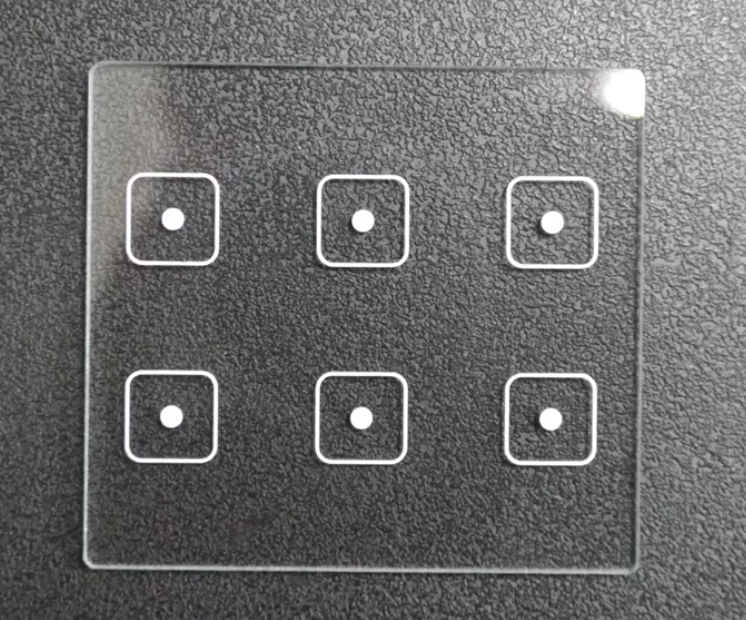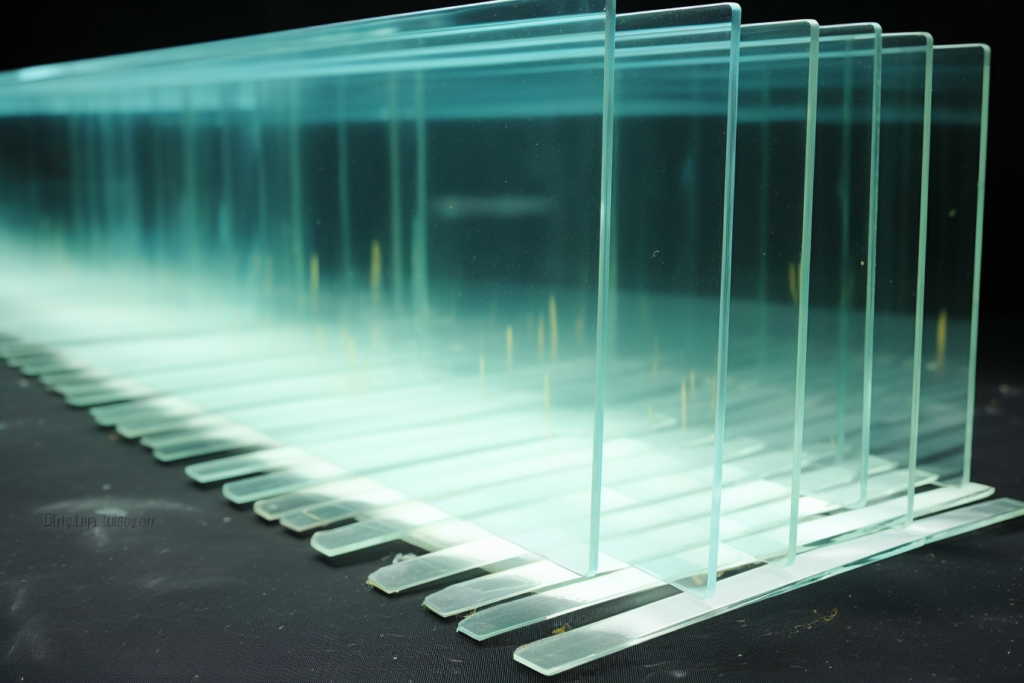1. Introduction
Many customers are asking whether they should replace acrylic cover plates with glass on their touchscreens. This is not a new question, but real-world experience shows that glass offers several advantages. Based on SZ Claritech’s practical cases, here’s a detailed comparison of glass and acrylic, showing why glass is the better choice for buyers and engineers.
2. Touch Sensitivity

Cover Glass provide a smoother surface, which improves touch sensitivity. The lower friction on glass allows your fingers to glide smoothly, making interactions more responsive. Glass has high optical transparency (up to 92%), allowing better signal transmission and faster touch response. Modern glass can be made as thin as 0.12mm without losing strength, which helps keep touchscreens responsive and precise.
3. Durability and Scratch Resistance
When it comes to hardness, glass outperforms acrylic. Glass has a Mohs hardness rating of 6-7, while acrylic is only about 3. This makes glass far more resistant to scratches and wear. In everyday use, glass holds up much better against scratching, keeping the screen looking good longer. Acrylic scratches more easily, which can make the touchscreen look worn and less effective.
4. Optical Clarity
Glass allows up to 92% of light to pass through, giving you clearer displays and more accurate colors. This is critical for high-resolution screens like industrial and medical equipment. Acrylic, on the other hand, can start to yellow over time, especially when exposed to UV light or sunlight, which impacts the display quality and overall appearance.
5. Heat and Chemical Resistance
Glass can handle higher temperatures than acrylic. Toughened glass can withstand up to 300°C, while acrylic starts to soften at around 80°C. This means glass is more stable in hot environments. Glass also resists chemical damage better than acrylic. In situations where the touchscreen is exposed to solvents or cleaning agents, glass holds up much better and lasts longer.
6. Environmental Impact
Glass is a natural and recyclable material, making it more environmentally friendly. The production process for glass has a smaller environmental footprint, and glass can be fully recycled. Acrylic, as a plastic, has a higher environmental impact and is more difficult to recycle. If sustainability is a priority, glass is the better option.
7. Mechanical Strength
Glass is much stronger than acrylic. It doesn’t warp or bend under pressure like acrylic can. Glass remains stable even in high-stress conditions, making it ideal for long-term use. Acrylic, being softer, can bend and deform, which affects both its durability and touch sensitivity. Glass, especially tempered glass, can also handle more impact, making it the safer and more reliable option.
8. Lifespan and Cost Efficiency
While glass may cost more upfront, it lasts much longer than acrylic. Glass is more resistant to scratches, chemicals, and heat, reducing the need for frequent replacements or repairs. Acrylic, being softer and less durable, wears out faster and may need to be replaced more often, which can increase maintenance costs over time. In the long run, glass offers better value for money.
9. Conclusion and Next Steps
As you can see, glass cover plates outperform acrylic in many areas—touch sensitivity, durability, optical clarity, heat resistance, mechanical strength, and overall cost efficiency. For buyers and engineers looking to improve the performance and lifespan of their touchscreens, glass is the clear winner.
Ready to upgrade your devices? Contact us : zoe@touchtechglass.com today to see how glass cover plates can make a difference.



